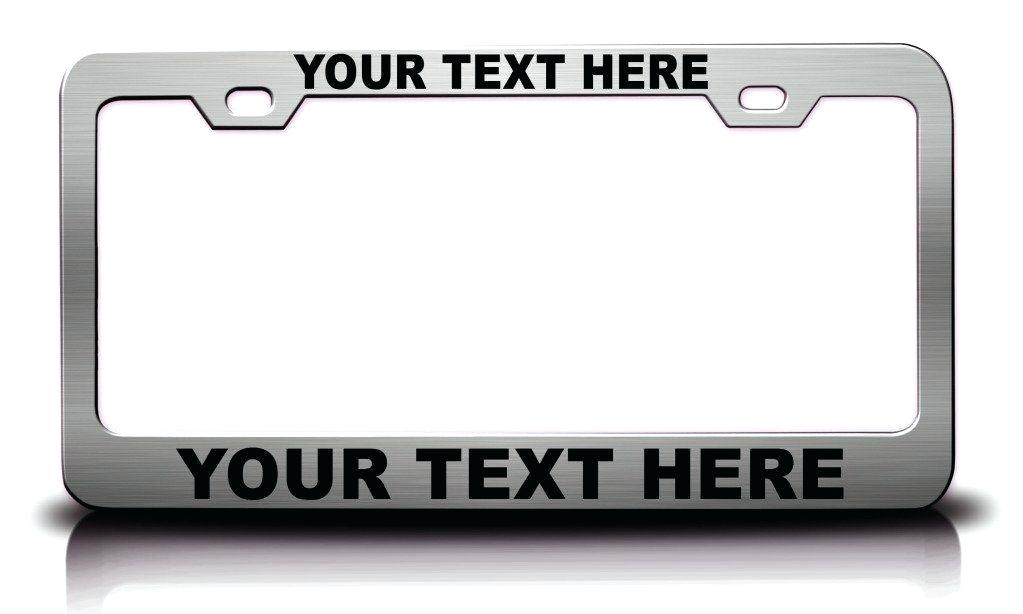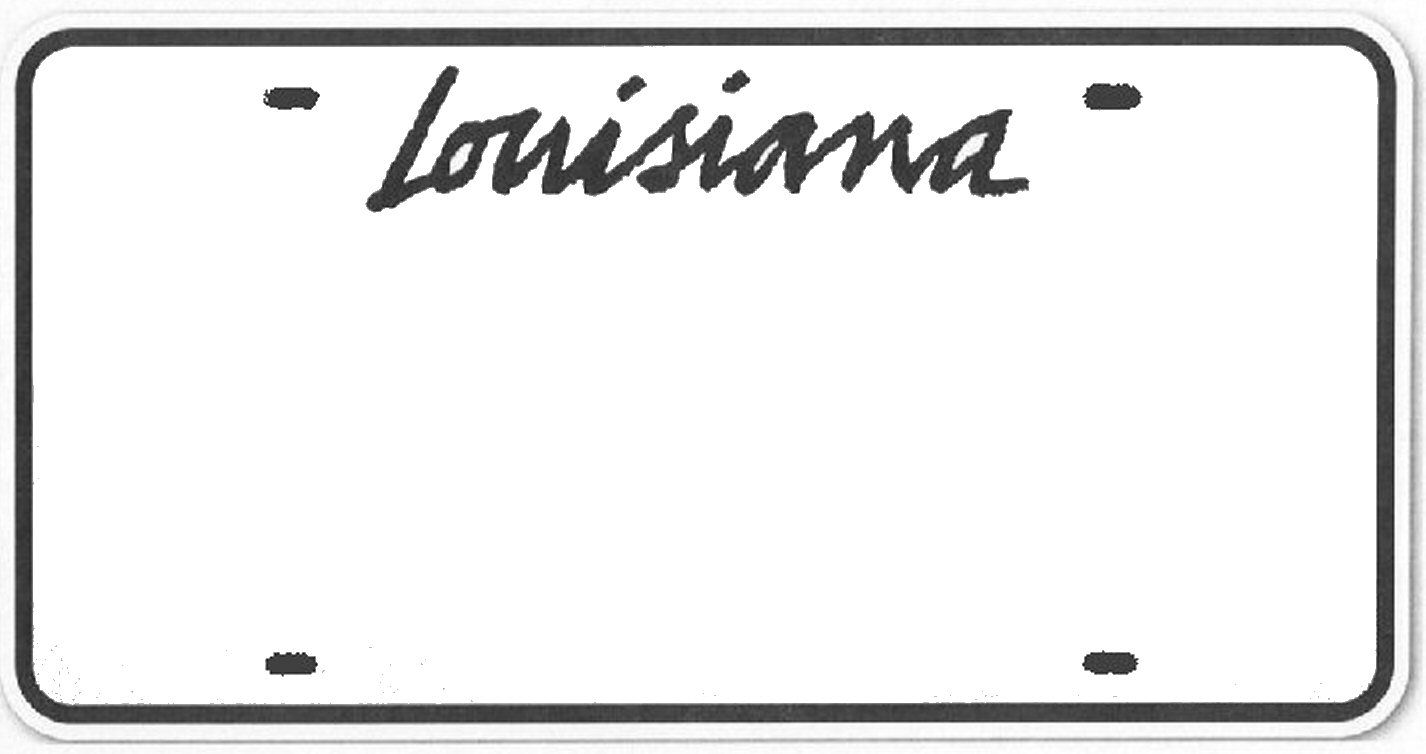Licensing vector stock images is essential for anyone looking to use these graphics in commercial projects. Understanding the nuances of licensing ensures that you comply with copyright laws and avoid potential legal issues. This guide will explain what vector stock images are and the importance of proper licensing when using them in a business context.
Understanding Vector Stock Images

Vector stock images are digital graphics created using mathematical equations, enabling them to be scaled infinitely without losing quality. Unlike raster images that may pixelate when resized, vectors remain crisp and clear at any dimension. They are commonly used in logo design, illustrations, and graphic elements for both print and digital media.
These images are available through various platforms that offer licensing options. Typically, vector stock images come in formats like SVG, AI, or EPS, and they often include various elements such as shapes, lines, and colors that can be manipulated to fit specific design needs. Due to their versatile nature, vector images are particularly popular among designers who require high-quality graphics that can seamlessly integrate into diverse projects.
Why Licensing Matters for Commercial Use

Licensing is crucial when using vector stock images for commercial purposes, as it dictates how you can use, distribute, and modify images. Engaging in licensing ensures that creators are compensated for their work, and it protects users from copyright infringement. Understanding the different types of licenses—such as royalty-free, editorial use only, and extended licenses—is vital.
Royalty-free licenses allow you to use images without paying each time, as long as you comply with the license terms; however, there may be limitations on the number of reproductions. Conversely, editorial-use licenses restrict images to non-commercial contexts, emphasizing news-related or informational purposes. Extended licenses provide broader usage rights, which may include merchandise or resale.
Ultimately, choosing the right license safeguards your business and respects the rights of the image creators, paving the way for ethical and legally sound designs.
Types of Licenses for Vector Stock Images

When it comes to licensing vector stock images, it’s essential to understand the different types available, as each serves distinct purposes and comes with its own set of rules. Here’s a breakdown of the most common types of licenses you’ll encounter:
- Royalty-Free (RF): This is one of the most popular license types. Once you purchase a royalty-free image, you can use it multiple times for various projects without having to pay additional fees. However, it’s important to abide by the terms of use, which may still restrict certain applications.
- Rights Managed (RM): With a rights-managed license, you acquire the right to use the image under specific conditions, such as duration, geography, and media type. This type of license often costs more than royalty-free options. However, it gives you unique usage rights, ensuring that no one else can use the same image in a similar context.
- Extended License: An extended license allows for greater flexibility than a standard royalty-free license. You might gain additional rights such as unlimited print runs or the ability to use the image in merchandise. This license is ideal for businesses looking to leverage images in more ways than just digital and print media.
- Creative Commons: Many vector images are available under Creative Commons licenses, which can vary significantly. It’s vital to check the specific type of Creative Commons license (like CC BY, CC BY-SA, etc.) as some may require attribution or prohibit commercial use.
Understanding these types of licenses will help you make informed decisions when choosing vector stock images for your projects. Always be sure to read the license agreements carefully to avoid any legal issues down the line!
Where to Find Licensed Vector Stock Images
Finding licensed vector stock images has never been easier, thanks to the plethora of online resources available today. Here are some reliable sources to explore when you’re on the hunt for high-quality vectors:
- Stock Photo Websites: Websites like Shutterstock, Adobe Stock, and iStock are well-known for their vast collections of vector images. You can filter search results by license type, making it easier to find what you need.
- Free Vector Resources: If you’re on a budget, platforms like Freepik and Vecteezy offer free vector downloads. However, do check the licensing agreements carefully, as some require attribution or have restrictions on commercial use.
- Graphic Design Marketplaces: Websites like Creative Market and Envato Elements not only provide vector images but also other design elements. These platforms often offer subscription options or pay-per-download models for flexible purchasing.
- Artist Portfolios: Many graphic designers sell their vector work directly through their portfolios or personal websites. Purchasing directly from the artist can offer exclusive rights and unique designs not found elsewhere.
Remember, regardless of where you find your vector stock images, always double-check the licensing information to ensure you’re compliant with the terms. Happy designing!
Steps to License Vector Stock Images
Licensing vector stock images might seem daunting at first, but with a clear understanding of the process, you can navigate it like a pro! Here are the essential steps to follow:
- Research Providers: Begin by searching for reputable vector stock image platforms. Websites like Adobe Stock, Shutterstock, and Freepik offer a vast array of options. Each platform might have different licensing agreements, so take your time to compare.
- Select Your Images: Once you’ve identified a few providers, begin exploring their collections. Use keywords and filters to narrow down your search to images that suit your project.
- Review Licensing Options: Before making a purchase, check the licensing agreements. Most sites offer two main types of licenses for commercial use:
- Royalty-Free: You pay once and can use the image multiple times without paying additional fees.
- Rights-Managed: You pay based on how you will use the image, and usage is restricted based on the terms agreed upon.
- Add to Cart and Checkout: After choosing your images and determining the licensing, add them to your cart and proceed to checkout. Make sure to double-check the licensing terms you’ve selected for each image.
- Download and Credit: Once you finalize your purchase, download the images. Don’t forget to note any attribution requirements if applicable!
By following these steps, you’ll ensure that your use of vector stock images is not only legal but also versatile for your commercial projects!
Best Practices for Using Vector Stock Images
Using vector stock images effectively requires more than just selecting visually appealing graphics. Consider these best practices to make the most out of your licensed images:
- Know the Licensing Terms: Always read the fine print. Understanding the specific limitations and permissions of the license is crucial to avoid legal issues down the road.
- Customize When Necessary: While vector images are often ready to use, personalizing them can add your unique touch. Use vector editing software (like Adobe Illustrator) to modify colors, shapes, or even combine multiple images.
- Maintain Consistency: If you’re using multiple images, strive for a consistent style or theme. Whether that’s a color palette or illustrative style, uniformity helps in reinforcing your brand identity.
- Optimize for Web: If your vector images will be used online, ensure they are optimized for web use to maintain fast loading speeds. Convert larger files to more manageable sizes without compromising quality.
- Keep Records: Maintain a log of purchased images, including licenses and any attributions required. This is especially helpful if you use images across multiple projects.
By following these best practices, you’ll enhance the effectiveness of your designs and ensure you’re using vector stock images efficiently and ethically!
Common Mistakes to Avoid When Licensing
Licensing vector stock images can be tricky, especially if you’re new to the process. Here are some common mistakes to watch out for:
- Not Reading the License Agreement: Always read the fine print! Each license agreement outlines the specific usage rights and limitations. Skipping this can lead to unintended breaches.
- Confusing Personal and Commercial Use: Just because an image looks great for your personal project doesn’t mean it’s licensed for commercial use. Be clear about how you intend to use the image.
- Ignoring Attribution Requirements: Some stock images require you to credit the creator. Failing to do so can potentially lead to legal issues.
- Using Images Beyond Their Scope: Many licenses have restrictions on how and where an image can be used. Check if there are limitations on advertising, merchandise, or distribution before proceeding.
- Not Keeping Records: Maintain a record of all images you license, including the terms and conditions. This can help resolve disputes or clarify usage rights later.
- Overlooking the Expiration of Licenses: Some licenses may be time-sensitive. Keep track of when your license expires to avoid unintentional infringement.
Avoiding these common pitfalls will not only help you stay compliant but also ensure you’re making the most out of your licensed vector stock images.
Conclusion and Final Tips
In conclusion, licensing vector stock images for commercial use doesn’t have to be a headache. By understanding the types of licenses, carefully reviewing terms, and maintaining proper records, you can seamlessly integrate these designs into your projects. Here are a few final tips to keep in mind:
- Choose the Right Provider: Different stock image providers have varied licensing structures. Do some research to find one that aligns with your needs.
- Consider Extended Licenses: If you plan to use an image in a high-deployment project, investing in an extended license might be worth it for added peace of mind.
- Stay Updated: Licensing terms can evolve. Regularly check for updates from your stock image provider to ensure compliance.
- Utilize Support Resources: Don’t hesitate to contact customer service of your stock image provider if you’re uncertain about any terms. It’s better to ask than to assume!
By keeping these tips top of mind, you can confidently license vector stock images and focus on creating stunning visual content that resonates with your audience. Happy creating!


